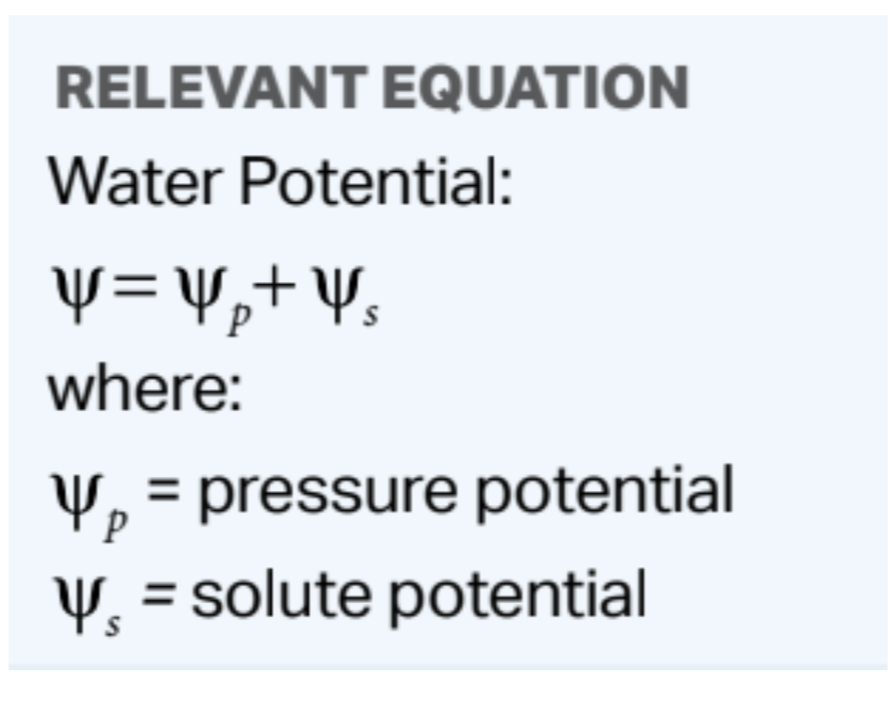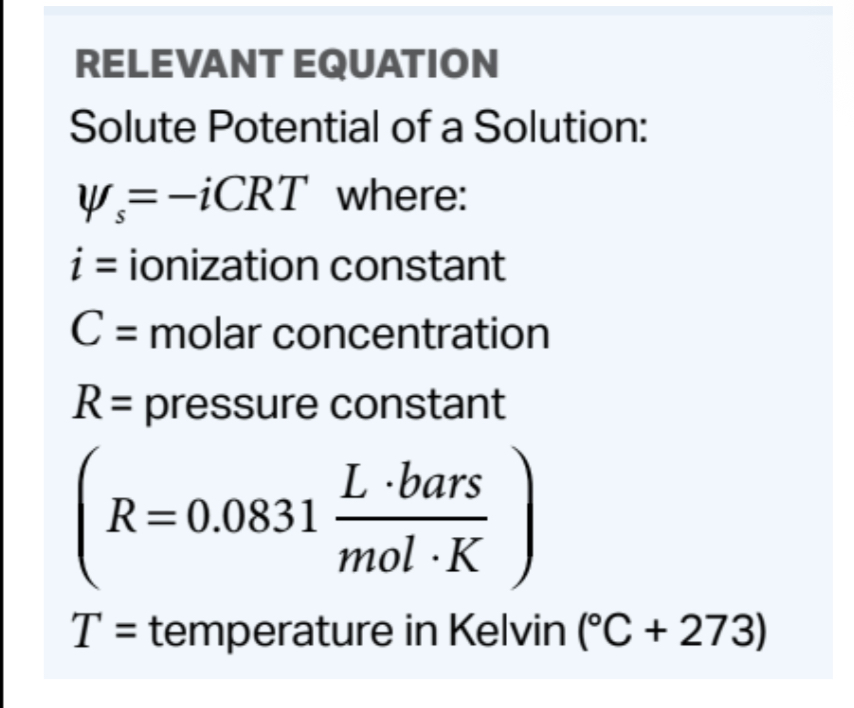ap bio quarter exam
1/30
There's no tags or description
Looks like no tags are added yet.
Name | Mastery | Learn | Test | Matching | Spaced |
|---|
No study sessions yet.
31 Terms
Ribosomes
Ribosomes comprise ribosomal RNA (rRNA) and protein. These non-membrane, subcellular structures arefound in cells in all forms of life and reflect the common ancestry in all known life. Ribosomes synthesize protein according to mRNA sequence.
Endomembrane system
consists of a group of membrane-bound organelles and subcellular components(endoplasmic reticulum (ER), Golgi complex, lysosomes, vacuoles and transport vesicles, the nuclear envelope, and the plasma membrane) that work together to modify, package, and transport polysaccharides, lipids, and proteins intercellularly.
Endoplasmic reticulum
Endoplasmic reticulum provides mechanical support by helping cells maintain shape and plays a role in intracellular transport.
Rough ER
associated with membrane-bound ribosomes, allows for the compartmentalization of cells, and helps carry out protein synthesis.
Smooth ER
detoxification of cells and lipid synthesis.
Golgi complex
membrane-bound structure that consists of a series of flattened membrane sacs.
I. Correctly folding and chemically modifying newly synthesized cellular products
II. Packaging proteins for trafficking
Mitochondria
Has a double membrane that provides compartments for different metabolic reactions involved in aerobic cellular respiration. The outer membrane is smooth, while the inner membrane is highly convoluted, forming folds that enable ATP to be synthesized more efficiently.
Lysosomes
membrane-enclosed sacs that contain hydrolytic enzymes that digest material. Lysosomes also play a role in programmed cell death (apoptosis).
Vacuoles
membrane-bound sacs that play many different roles. In plant cells,a specialized large vacuole maintains turgor pressure through nutrient and water storage. In animal cells, vacuoles are smaller in size, are more plentiful than plant cells, and store cellular materials.
Chloroplasts
specialized organelles that are found in plants and photosynthetic algae. Chloroplasts contain a double membrane and serve as the location for photosynthesis.
Surface area-to-volume ratios
affect the ability of a biological system to obtain necessary nutrients, eliminate waste products, acquire or dissipate thermal energy, and otherwise exchange chemicals and energy with the environment.
The surface area of the plasma membrane must be large enough to adequately exchange materials.
I. The surface area-to-volume ratio can restrict cell size and shape. Smaller cells typically have a higher
surface area-to-volume ratio as well as a more efficient exchange of materials with the environment
than do larger cells.
II. As cells increase in volume, the surface area-to-volume ratio decreases and the demand for internal
resources increases.
III. More complex cellular structures (e.g., membrane folds) are necessary to adequately exchange
materials with the environment.
IV. As organisms increase in size,their surface area-to-volume ratio decreases, affecting properties like
rate of heat exchange with the environment. Smaller amounts of mass exchange proportionally more
heat with the ambient environment than do larger masses. As mass increases, both the surface area-
to-volume ratio and the rate of heat exchange decrease.
V. There is a relationship between metabolic rate per unit body mass and the size of multicellular organisms; typically, the smaller the organism, the higher the metabolic rate per unit body mass.
Phospholipids
have both hydrophilic and hydrophobic regions. The polar hydrophilic phosphate regions of the phospholipids are oriented toward the aqueous external or internal environments, while the non polar hydrophobic fatty acid regions face each other within the interior of the membrane.
Embedded proteins
Can be hydrophilic (with charged and polar side groups), or hydrophobic (with nonpolar side groups), or both.
I. Hydrophilic regions of the proteins are either inside the interior of the protein or exposed to the cytosol (cytoplasm).
II. Hydrophobic regions of proteins make up the protein surface that interacts with the fatty acids in the interior membrane
Describe the Fluid Mosaic Model of cell membranes.
Plasma membranes consist of a structural framework of phospholipid molecules embedded with proteins, steroids (such as cholesterol in vertebrate animals), glycoproteins, and glycolipids. All of these can move around the surface of the cell within the membrane, as illustrated in the fluid mosaic model.
Explain how the structure of biological membranes influences selective permeaability
-Plasma membranes separate the internal environment of the cell from the external environment. Selective permeability is the result of the plasma membrane having a hydrophobic interior.
-Small nonpolar molecules including N2, O2, and CO2, freely pass across the membrane. Hydrophilic substances, such as large polar molecules and ions, move across the membrane through embedded channels and transport proteins.
-The nonpolar hydrocarbon tails of phospholipids prevent the movement of ions and polar molecules across the membrane. Small polar, uncharged molecules, like H2O or NH3 (ammonia), pass through the membrane in small amounts.
Describe the role of the cell wall in maintaining cell structure and function.
Cell walls of Bacteria, Archaea, Fungi, and plants provide a structural boundary as well as a permeability barrier for some substances to the internal or external cellular environments and protection from osmoticlysis.
Describe the mechanisms that organisms use to maintain solute and water balance
-The selective permeability of membranes allows for the formation of concentration gradients of solutes across
the membrane.
-Passive transport is the net movement of molecules from regions of high concentration to regions of low concentration without the direct input of metabolic energy.
-Active transport requires the direct input of energy to move molecules. In some cases, active transport is utilized to move molecules from regions of low concentration to regions of high concentration.
Describe the mechanisms that organisms use to transport large molecules across the plasma membrane.
The processes of endocytosis and exocytosis require energy to move large substances or large amounts of substances into and out of cells.
I. In endocytosis, the cell takes in large molecules and particulate matter by folding the plasma membrane in on itself and forming new (small) vesicles that engulf material from the external
environment.
II. In exocytosis, internal vesicles release material from cells by fusing with the plasma membrane and secreting large molecules from the cell.
Explain how the structure of a molecule affects its ability to pass through the plasma membrane.
Facilitated diffusion requires transport or channel proteins to enable the movement of charged ions across the membrane.
I. II. Membranes may become polarized by the movement of ions across the membrane.
Charged ions, including Na+ (sodium) and K+ (potassium), require channel proteins to move through the membrane.
Facilitated diffusion enables what
the movement of large polar molecules through membranes with no energy input. In this type of diffusion, substances move down the concentration gradient.
Aquaporins
Transport large quantities of water across membrane
Explain how concentration gradients affect the movement of molecules across membranes.
External environments can be hypotonic, hypertonic, or isotonic to internal environments of cells. Movement of water can also be described as moving from hypotonic to hypertonic regions. Water moves by osmosis from regions of high water potential to regions of low water potential.
Water potential equation
(water potential symbol) = (wp)p + (wp)s
(wp)s = solute potential - (wp)p= pressure potential

Explain how osmoregulatory mechanisms contribute to the health and survival of organisms.
Osmoregulation maintains water balance and allows organisms to control their internal solute composition and water potential. Water moves from regions of low osmolarity or solute concentration to regions of high osmolarity or solute concentration.

Describe the processes that allow ions and other molecules to move across membranes
Metabolic energy (such as that from ATP) is required for active transport of molecules and ions across the membrane and to establish and maintain electrochemical gradients.
•Membrane proteins are necessary for active transport.
•The + + Na /K pump and ATPase contribute to the maintenance of the membrane potential
Describe the membrane-bound structures of the eukaryotic cell.
Membranes and membrane-bound organelles in eukaryotic cells compartmentalize intracellular metabolic processes and specific enzymatic reactions.
Explain how internal membranes and membrane-bound organelles contribute to compartmentalization of eukaryotic cell functions.
Internal membranes facilitate cellular processes by minimizing competing interactions and by increasing surface areas where reactions can occur.
Describe similarities and/or differences and compartmentalization between prokaryotic and eukaryotic cell
-Membrane-bound organelles such as mitochondria and chloroplasts evolved from once free-living prokaryotic cells via endosymbiosis.
-Prokaryotes generally lack internal membrane-bound organelles but have internal regions with specialized structures and functions.
-Eukaryotic cells maintain internal membranes that partition the cell into specialized regions
What’s the endosymbiotic theory
explains that eukaryotic cells (like those in animals and plants) evolved from a symbiotic relationship between different prokaryotic cells and the mitochondria developed from aerobic bacteria, and chloroplasts in plant cells developed from cyanobacteria, after they were engulfed by a larger host cell